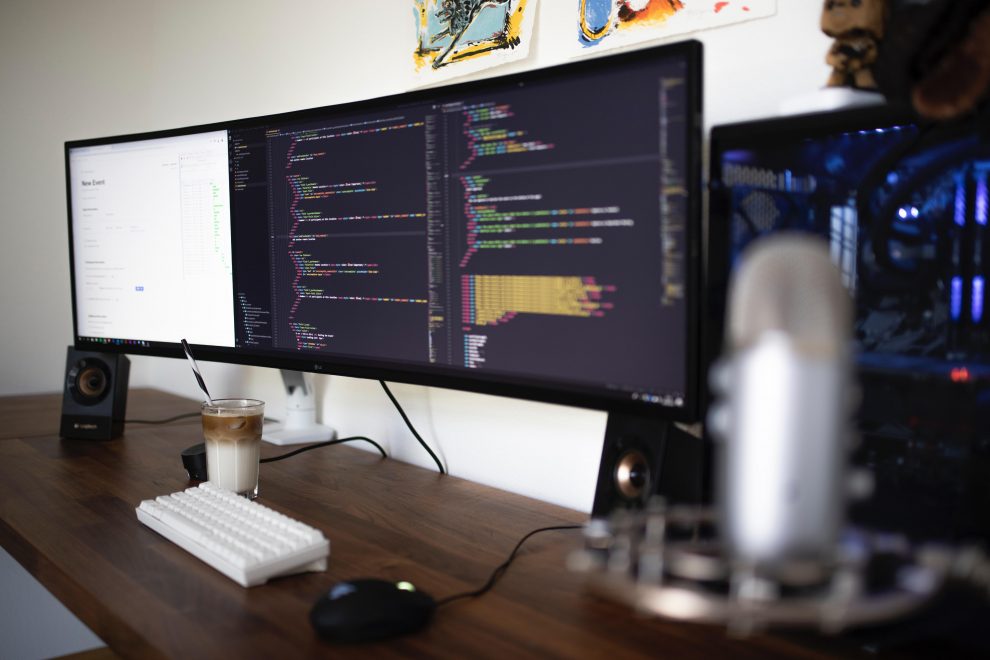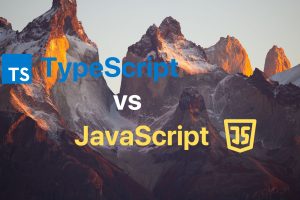In the ever-evolving landscape of web development, React has emerged as a powerhouse for building dynamic and interactive user interfaces. React, a JavaScript library developed by Facebook, has garnered immense popularity and a vast community of developers. One of its standout features is its ability to seamlessly integrate with a plethora of libraries and tools, including chart libraries. In this blog, we will delve into the realm of React chart libraries, explore their significance, and present the top 10 options for developers looking to create data-driven visualizations with ease.
React JS: Pioneering Web Development
React.js, commonly known as React, is a JavaScript library renowned for its component-based architecture. It empowers developers to break down complex user interfaces into smaller, reusable components. This approach results in cleaner code and efficient development, making React a preferred choice for building modern web applications.
Advantages of React
Reusability:
React’s component-based structure encourages code reusability, allowing developers to build a library of components that can be used across the application or in other projects. This enhances development efficiency and code maintainability.Virtual DOM:
React’s virtual Document Object Model (DOM) optimizes performance by reducing the direct manipulation of the actual DOM. This results in faster rendering and a smoother user experience.Rich Ecosystem:
React enjoys a robust ecosystem with a wide array of libraries and tools, such as React Router for navigation and Redux for state management. These extensions simplify common development tasks and expand React’s capabilities.Strong Community:
React boasts an active and supportive community of developers who continually contribute to its growth and offer solutions to common challenges. This community is an invaluable resource for learning, troubleshooting, and staying updated with best practices.Declarative Syntax:
React’s declarative style of programming simplifies the creation of user interfaces. Developers describe how the interface should look based on the current state, making code more predictable and easier to maintain.
Also Read: Best Free React Templates 2024 for US developers
Why Use React Chart Libraries
React chart libraries are specialized tools designed to assist developers in creating data visualizations, graphs, and charts for their web applications. These libraries integrate seamlessly with React, providing a powerful means of translating data into compelling visuals.
React chart libraries offer several advantages, such as
Integration with React:
React chart libraries seamlessly integrate with React components, simplifying the process of embedding interactive charts into web applications. This synergy between React and charting libraries streamlines development, ensuring a seamless alignment between data visualizations and applications. This harmonious relationship enhances the user and developer experience, eliminating complexities.
Customization:
React chart libraries provide a broad spectrum of customization options, empowering developers to precisely tailor the appearance and behavior of their charts to meet specific requirements. This flexibility extends to aspects such as colors, styles, animations, and interactivity, enabling the creation of charts that seamlessly align with the application’s design and user experience.
Efficiency:
React chart libraries offer a substantial advantage in streamlining the chart creation process, primarily through pre-built chart components and simplified configurations. These libraries reduce the need for manual coding and intricate setups, enhancing development efficiency. By saving developers valuable time and simplifying the process, these libraries contribute to a more streamlined and productive development workflow.
Rich Feature Sets:
React chart libraries often come with rich feature sets that go beyond basic charting capabilities. These features may include support for complex data visualizations, real-time updates, zooming and panning, tooltips, legends, and interactive events. By harnessing these features, developers can create data visualizations that not only convey information effectively but also engage users and provide in-depth insights.
Responsive Design:
Many React chart libraries prioritize responsive design, ensuring that charts adapt seamlessly to different screen sizes and devices. This responsive behavior simplifies the development of web applications that are accessible and functional on various platforms, including desktop computers, tablets, and mobile devices. With responsive design, developers can provide a consistent and user-friendly experience regardless of the user’s device.
Top 10 React Chart Libraries

Here’s a curated list of the top 10 React chart libraries, each offering a unique set of features and capabilities
Recharts
Victory
Chart.js
Nivo
D3.js
React-Vis
VX
Semiotic
Frappe Charts
BizCharts
Now, let’s delve into each of these libraries to explore their strengths and understand how they can be leveraged to create stunning data visualizations.
Recharts
Recharts is a versatile React chart library with a wide range of chart types, from dynamic line charts to informative pie charts. Notably, Recharts excels in providing robust customization options, enabling developers to finely adjust the charts to match the application’s design and requirements. Whether it’s interactive dashboards or static data reports, Recharts is a comprehensive solution to meet your needs effectively.
Victory
Victory, developed by Formidable Labs, is known for its flexibility and interactivity. It provides a collection of chart types and components that work seamlessly with React. Victory’s ease of use, comprehensive documentation, and well-designed charts make it an excellent choice for creating dynamic and informative data visualizations.
Chart.js
Chart.js is a popular and versatile chart library for React. It supports various chart types, including bar charts, line charts, and radar charts. With an extensive set of customization options and responsive design, Chart.js is a go-to library for creating both simple and complex data visualizations.
Nivo
Nivo is known for its beautiful and highly customizable charts with stunning animations. It offers a wide range of chart types, including bar charts, line charts, and sunburst diagrams. With Nivo, you can create data visualizations that not only convey information effectively but also engage your users with visually appealing animations.
D3.js
D3.js, although not React-exclusive, is a potent data visualization library. It integrates seamlessly with React, providing extensive capabilities and unparalleled control over data-driven visuals. Note that it has a steeper learning curve but suits developers seeking high customization in their data representations.
React-Vis
React-Vis is a user-friendly and accessible chart library, purpose-built for straightforward data visualizations. It offers essential chart types, such as bar charts, line charts, and scatter plots. What sets React-Vis apart is its focus on simplicity and ease of use, making it a top choice for developers aiming to create basic and essential data visuals. Whether you’re a beginner entering the world of data visualization or need to rapidly deploy uncomplicated charts, React-Vis provides a practical and efficient solution.
VX
VX is a collection of low-level visualization primitives for React. It provides the building blocks to create custom charts and data visualizations. While it may require more effort to set up, VX offers a high degree of customization and flexibility for developers seeking to craft unique charting solutions.
Semiotic
Semiotic is a specialized library with a core focus on crafting responsive, expressive, and composable data visualizations. Within its repertoire of chart types, you’ll find not only traditional options but also more complex forms like network diagrams and parallel coordinates plots. Semiotic’s unique strength lies in its emphasis on expressiveness, making it an ideal choice for developers seeking to effectively communicate intricate data relationships and insights in a visually compelling manner.
Frappe Charts
Frappe Charts is a lightweight charting library designed for simplicity and performance. It excels at creating interactive, responsive charts with a minimal footprint. Developers who value ease of use and performance will find Frappe Charts to be a practical choice for adding data visualizations to their React applications.
BizCharts
BizCharts distinguishes itself as a comprehensive data-driven design library, excelling in its seamless integration with both React and Vue. This integration extends a high degree of flexibility to developers, allowing them to work with their preferred JavaScript framework. Within its arsenal, BizCharts offers a diverse selection of chart types, ranging from the statistical insights of histograms to the intricate data patterns depicted by radar charts.
Related: Top React Developer Tools for US Developers in 2024
Conclusion
React chart libraries offer an invaluable resource for developers seeking to visualize data in their web applications. The top 10 libraries presented here provide a wide array of options, each with its unique strengths and features. Whether you’re building dashboards, reports, or interactive visualizations, React chart libraries simplify the process, allowing you to transform data into engaging visuals with ease. As the world of web development continues to evolve, these libraries empower developers to create data-driven applications that engage and inform users effectively.


























